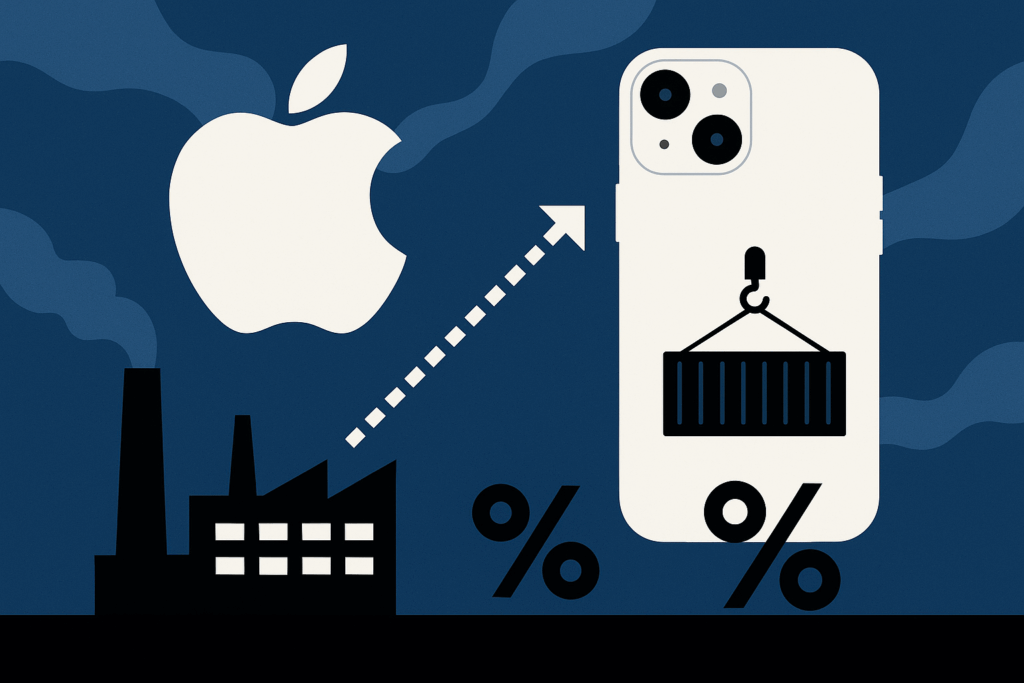Apple is reportedly rebalancing production for its iPhone 17 lineup as the company’s supply chain defies global economic headwinds and the ongoing tariff war.
While orders for the iPhone Air have been drastically cut, Apple is ramping up output of the iPhone 17 and 17 Pro models to meet stronger-than-expected demand, as per a Nikkei Asia report.
Consumer trends drive production realignment
Apple’s iPhone Air, launched globally last month and only recently in China, has faced weak demand outside its newest market.
Production orders for the model have been reduced to “end-of-production” levels, with suppliers receiving notices that orders from November onward will drop to less than 10% of September volumes, the report said, citing sources.
Initially, the iPhone Air accounted for about 10% to 15% of total iPhone production this year.
Despite this setback, the iPhone 17 lineup overall is performing strongly.
Orders for the base iPhone 17 have been increased by roughly 5 million units, with additional allocations for the premium iPhone 17 Pro.
Apple expects to produce between 85 million and 90 million units in total, maintaining its original forecast.
In the US, delivery times reflect the difference in demand. Wait periods for a 256-gigabyte iPhone 17 are currently two to three weeks, while the iPhone 17 Pro takes one to two weeks.
The iPhone Air, by contrast, is immediately available.
Supply chain stability amid tariff tensions
Apple’s ability to maintain its overall forecast offers relief to suppliers facing uncertainty from rising trade barriers.
Executives in Apple’s supply chain said the company remains their only client keeping production steady, as other major smartphone makers — Samsung, Xiaomi, Vivo, and Oppo — are cutting back for 2025.
The stability is particularly notable given the pressure from the latest phase of US-China tariff disputes under President Trump’s administration.
As per the report, Apple has even requested that some suppliers prepare extra components in case demand continues to grow, signalling confidence in its short-term performance.
Globally, the smartphone industry is still grappling with weak macroeconomic conditions and cautious consumer spending.
Yet Apple’s strong sales have provided a rare bright spot for electronics manufacturers, many of whom depend heavily on its orders to maintain capacity utilisation.
Apple’s shift points to future innovation
The iPhone Air’s reduced role may also reflect Apple’s strategy beyond immediate sales figures.
The model was initially seen as a bridge to Apple’s first foldable iPhone, planned for release in 2026.
According to experts, the Air’s design and component experiments were intended to pave the way for the next generation of flexible-screen technology.
While the Air’s delayed launch in China — caused by regulatory approvals for eSIM technology — briefly lifted local sales, it was not enough to offset sluggish international demand.
Apple’s swift production pivot allows it to prioritise higher-margin models while retaining the flexibility to explore new form factors.
The post Apple reshapes iPhone 17 production as consumers and tariffs test its strategy appeared first on Invezz



